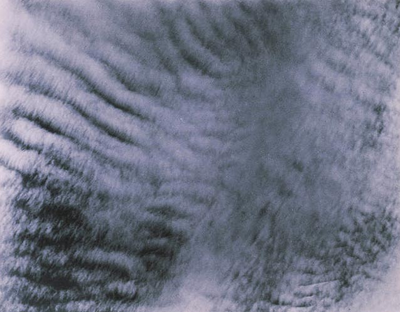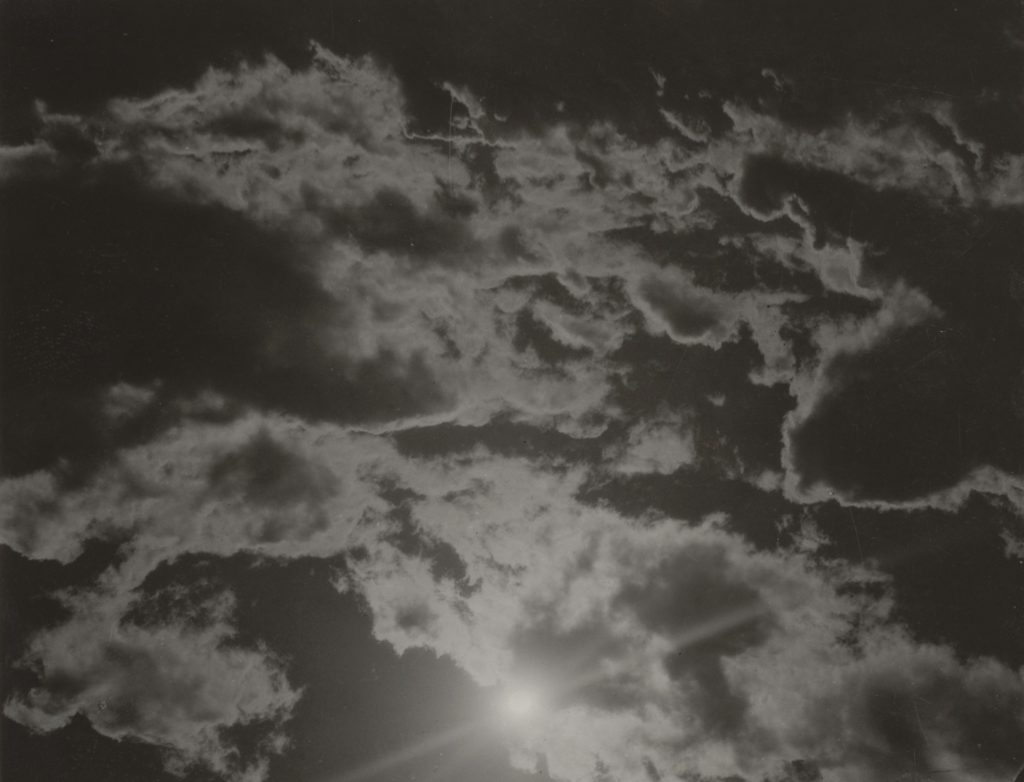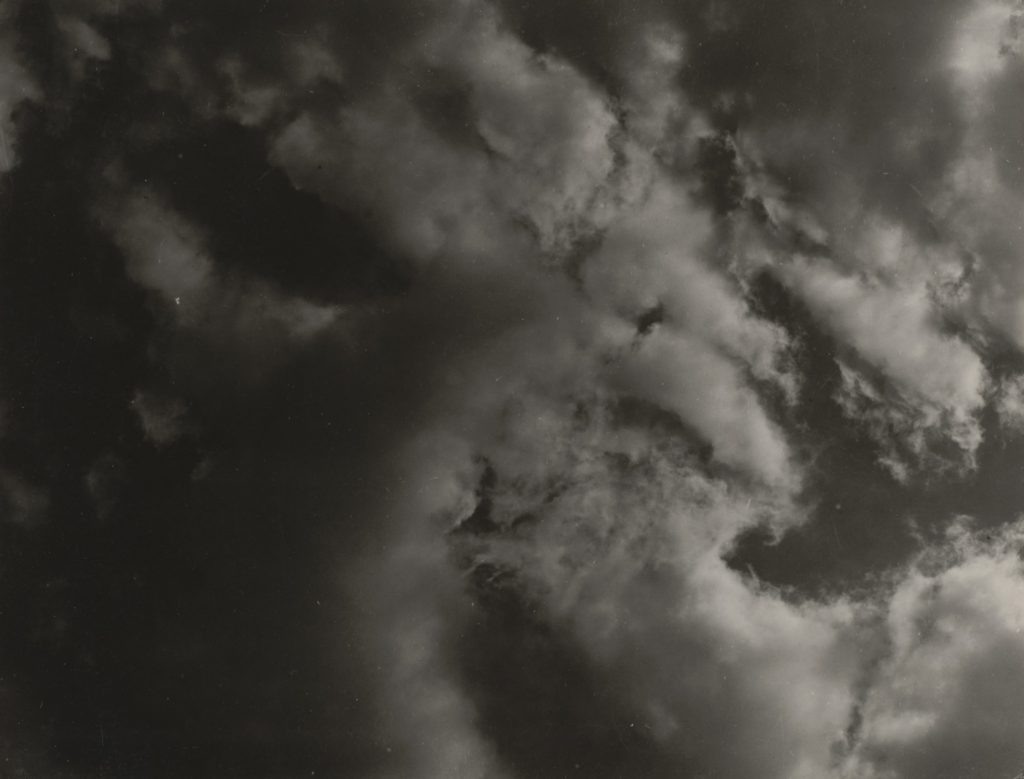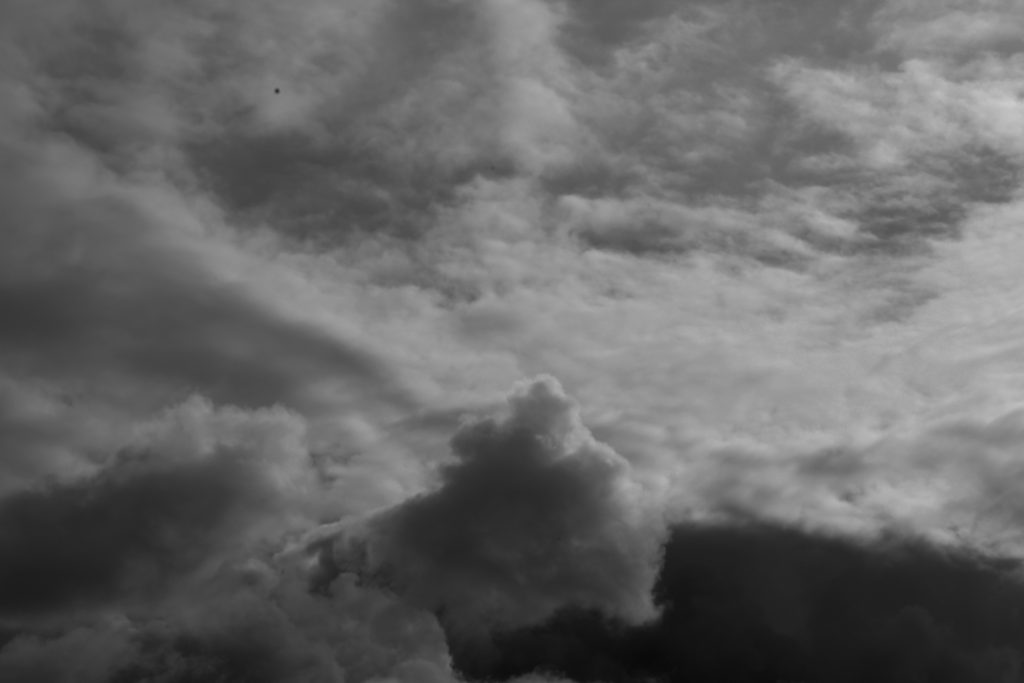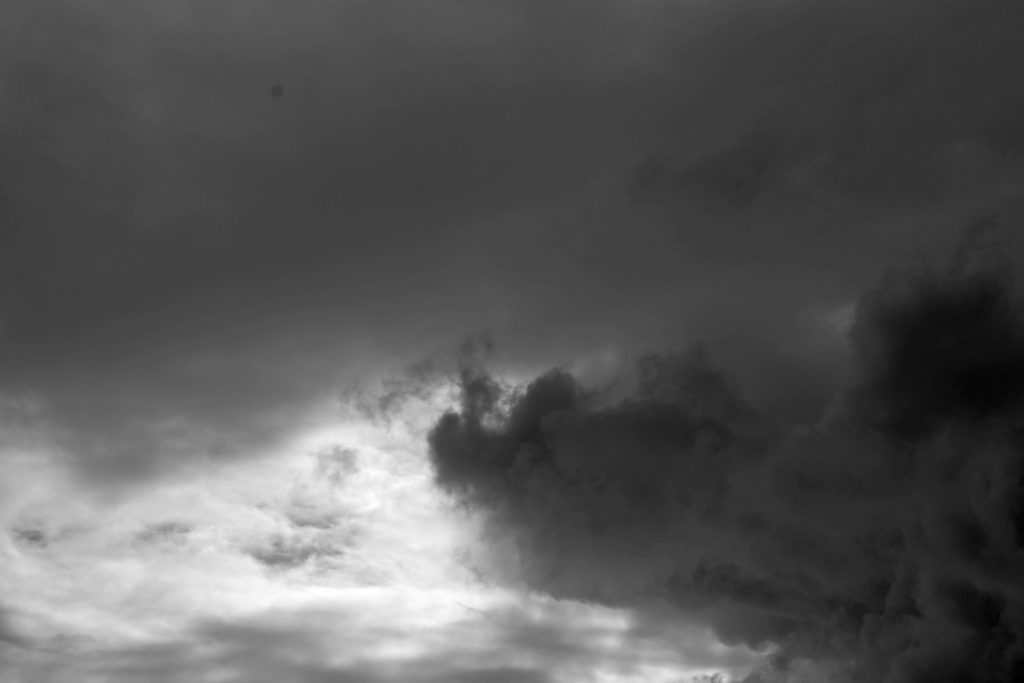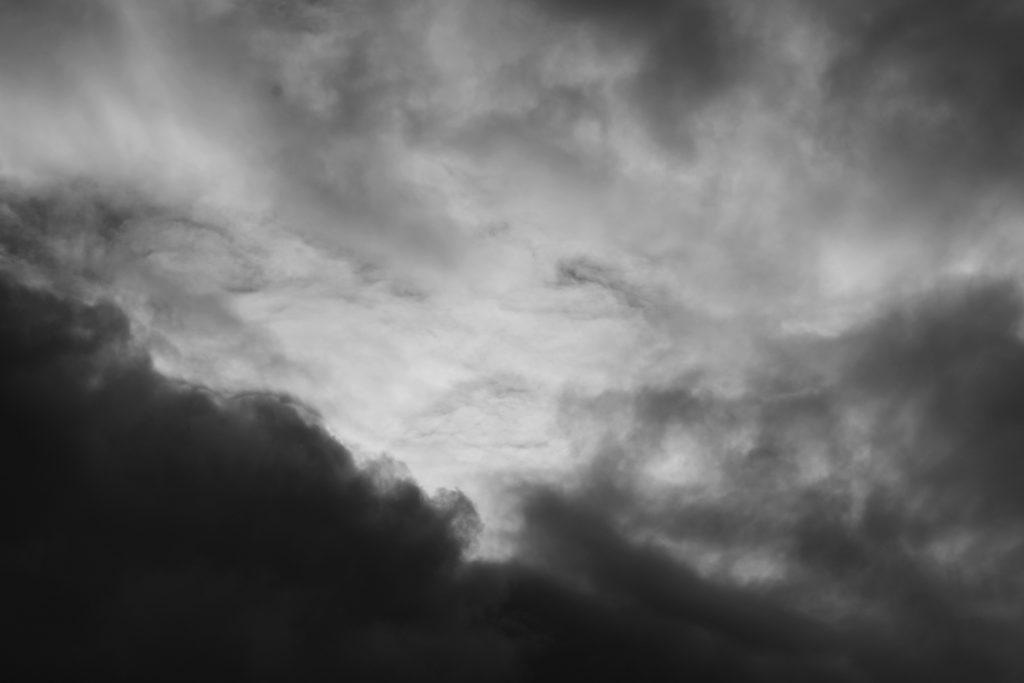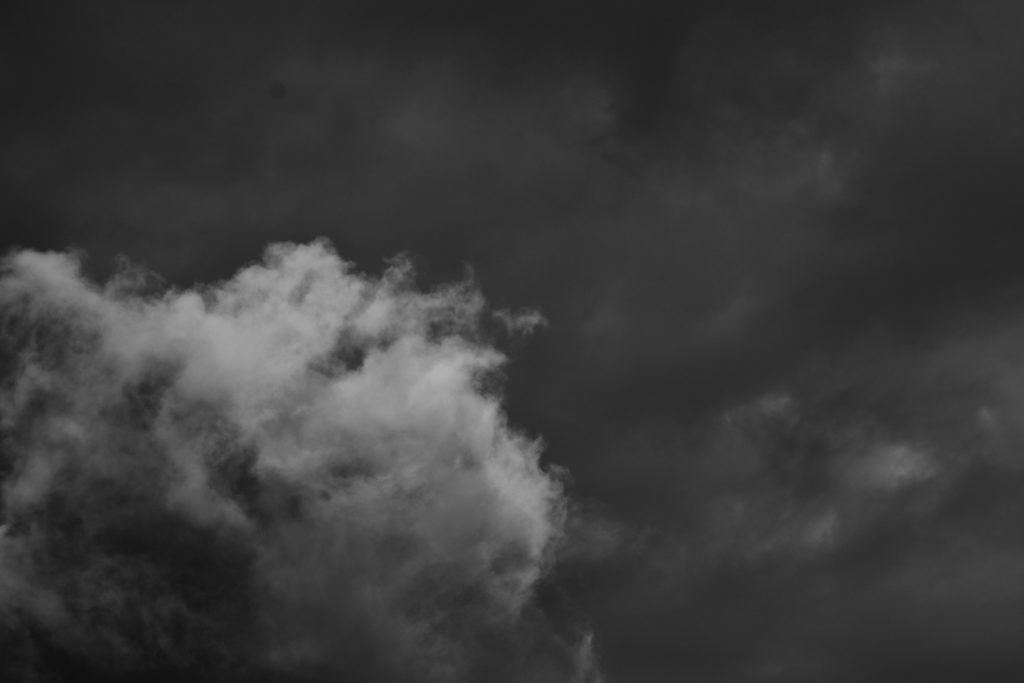Moodboard
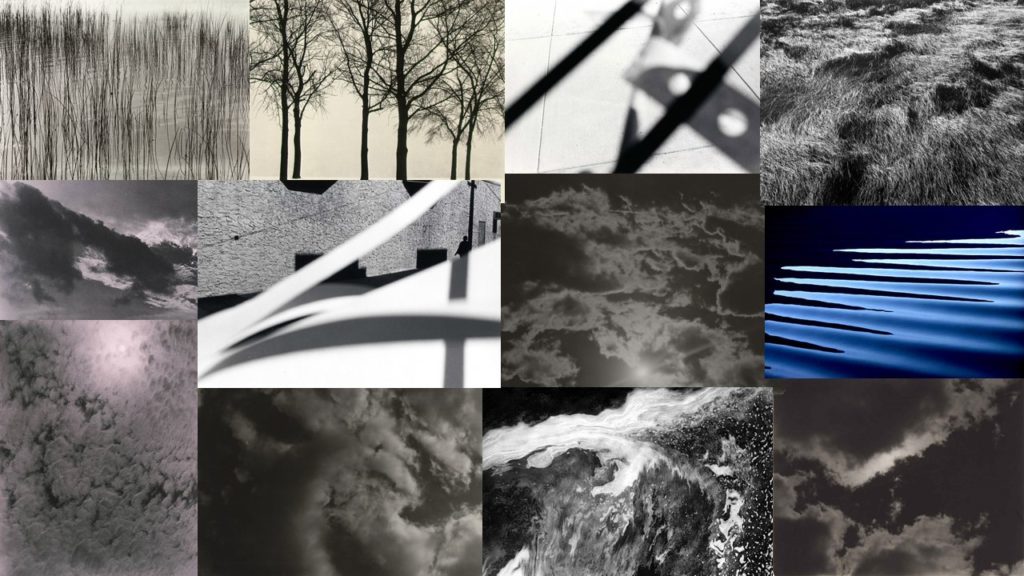
Alfred Stieglitz – Equivalents
Alfred Stieglitz (1864-1946) was an American photographer who in the summer of 1922 began photographing abstract formations of clouds in the sky. Stieglitz called these images ‘Equivalents’ and argued that visual art could evoke the same emotions and have equally as much power as music. Music was clearly an inspiration. Instead of describing the visible surfaces of things, Stieglitz wanted his work to express pure emotion, representing the artist’s own inner state. What I really enjoy about his work is his use of muted grey and white tones, I believe they create an atmospheric and dramatic image. Additionally, I want to reflect the depth of Stieglitz’s work as he captures the clouds in repetitive patterns which stretch over the foreground and background of his images. This creates a deep depth of field as it alludes to the idea that more clouds continue behind the ones captured in the images.
Photo shoot Plan
Who – My plan is not to capture any people as the subjects of these images as they are based on Alfred Stieglitz’s ‘Equivalents’ work. The only person involved in the shoot will be myself taking the photographs.
What – My focus in this photo shoot will be capturing the abstract patterns made by clouds in the sky, I will attempt to photograph the light and shadow created by the clouds, similar to Stieglitz.
Where – I plan on taking these photos in my garden as it gets a lot of sunlight in the evenings so I will be able to experiment with the placement of the sun. I also plan on capturing some images of the sky in St Helier as there is lots of room to move around in order to photograph from different angles and perspectives.
When – On Wednesday 14th October I am planning on doing this photo shoot as the weather is meant to be sunny with clouds in the sky. I also want to take these images late afternoon as the sun will be lower in the sky which will create a more dramatic contrast between the shadows behind the clouds and the clouds themselves.
Why – I want to reflect Alfred Stieglitz’s work ‘Equivalents’ by photographing the obscure shapes made by clouds, I also want to mirror Stieglitz’s intentions on his images evoking emotion and representing visual art as more than just a nice thing to look at.
Contact Sheets



Edited Images
I edited these selected images on Photoshop in order to reflect Stieglitz’s work. First, I adjusted the images to black and white as many of Stieglitz’s photos were taken in the 1920’s, hence the unsaturated filter. Secondly, I used the ‘brightness/contrast’ tool to increase the contrast of my photographs and decrease the brightness, I did this to enhance the highlights of my images by darkening the shadows surrounding the clouds, similar to Stieglitz. Lastly, I experimented with the ‘levels’ tool to move and stretch the brightness levels of my photos, this allowed me to mirror Stieglitz’s dull and heavily shadowed work.
Final Images
I have selected these two photos as my final images because I believe they reflect Stieglitz’s ‘Equivalents’ series whilst also incorporating my style of photography. One thing I really like about my first image is how I have captured the repetition of horizontal lines created by the clouds. I believe this forms a large depth of field which gives the impression of a never-ending blanket of clouds which stretches far beyond what’s seen in frame. Furthermore, my first image holds a fluffy texture due to the soft natural lighting that falls behind the clouds. This delicate texture reflects Stieglitz’s work as he captured photographs which contained muted tones, creating a smooth effect for the observer. Additionally, the repeated organic shapes of the clouds in this image create a sense of movement and rhythm, as if the blanket of clouds is travelling across the frame. Lastly, in this first image, I enjoy how I have photographed a highly shadowed image similar to Stieglitz. The thin bursts of highlights between the gloomy clouds draw the observers attention as they contrast greatly with the surrounding darkness.
In addition, I really like how in my second final image I have captured a dramatic contrast between light and shade. The harsh black and white tones of this photograph juxtapose each other very effectively. I believe the bright white light draws focus to the centre of the image as it is engulfed in dark shadows which allows the highlights to stand out more. This alludes to the idea of heaven and hell, as the pure white light is shining above a dull blackened sky, connoting the idea of goodness coming from within. Moreover, when capturing this image I increased the shutter speed to under expose my photo. I believe this has contributed to the dim tones which mirror Stieglitz’s series of images. Additionally, the texture of this image is quite soft due to the curved natural shapes of the clouds repeated throughout the photograph. In the top right of this image there are a lot of grey tones outlined by white highlights, this furthers the soft texture and creates a cotton-wool-like effect. Lastly, this image holds a large depth of field as the central point where the light is shining through alludes to the idea of more brightness hiding behind the dark clouds, out of the observer’s view.




